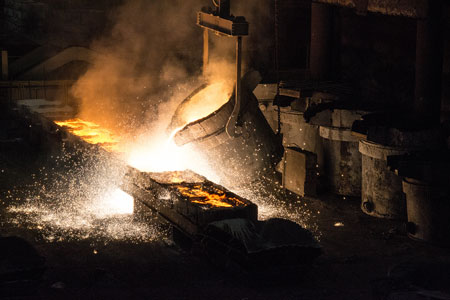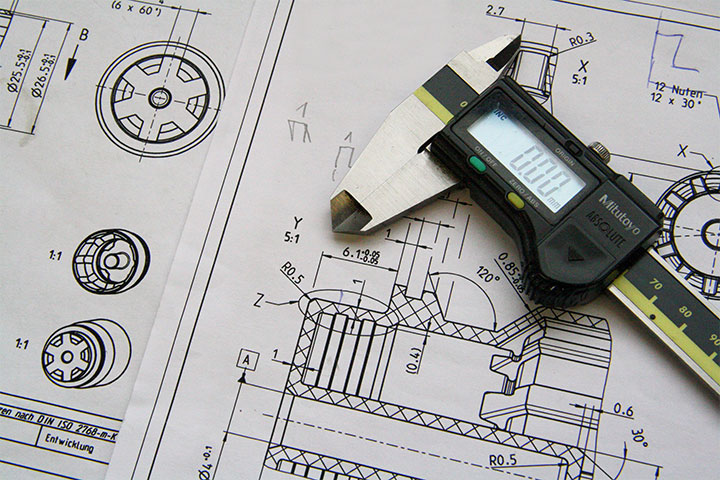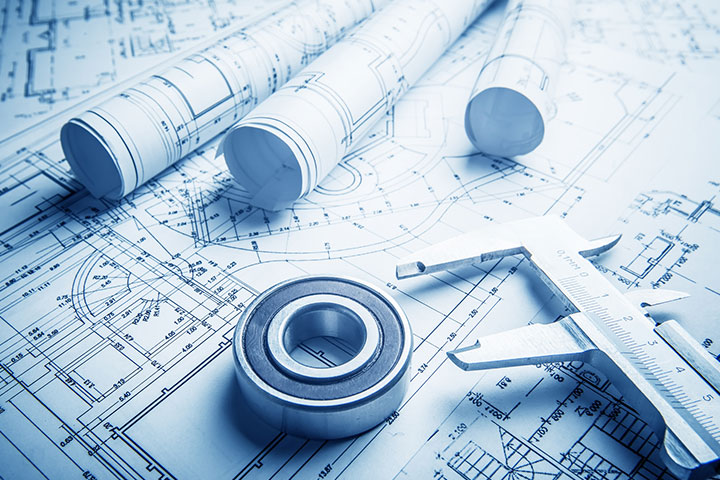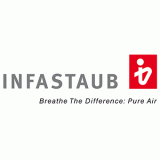
Production facilities with enhanced hazard are, according to the Federal Law No. 116-FZ of July 21, 1997, any kind of facilities, which are described in the attachment of this regulation and might endanger the health and safety of persons as well as the environment. Therefore production facilities with enhanced hazard shall be licensed by the state supervisory authority Rostechnadzor. Without an appropriate license, any operations are forbidden. For licensing, the applicant has to submit the following documents:
- Report on industrial safety
- Declaration of industrial safety of the facility
- Liability insurance contract
Depending on the facility, additional documents and certificates can be requested.
Legal framework
The basis for production facilities with enhanced hazard is built by the legislation of the Eurasian Economic Union and the Russian Federation:
- Federal Law no. 116-FZ of July 21, 1997 “On industrial safety of hazardous production facilities”
- Order no. 306 of Rostechnadzor of July 15, 2013 “General requirements for safety substantiation of hazardous production facility”
- Federal Law no. 184-FZ of December 27, 2002 “On technical regulations”
- Decision of the Eurasian Customs Commission no. 621 of April, 7 2011 "On the application of standardized schemes in the conformity assessment procedures"
Application area according to the attachment 1 of the Federal Law no. 116-FZ:
A production facility is to be classified as a facility with enhanced hazard, if it conducts the following production procedures:
- Manufacturing, use, processing, storage, transport or disposal of hazardous substances, such as flammable substances, oxidizers, explosives, (high) toxic substances or substances which endanger the environment
- Use of pressure equipment with a pressure of 0.07 megapascals, such as
- steam or gas
- water at a heating temperature of more than 115 degrees Celsius
- other liquids at a temperature exceeding their boiling point at a pressure of 0,07 megapascal
- use of fixed lifting equipments (except for lifts, lifting platforms for the disabled), escalators in the underground, cable cars or funiculars
- The smelt of ferrous and non-ferrous metals are produced, transported, used as alloys made on their basis using equipment designed for maximum number of melt 500 kg or more
- Mining operations (except for the development of popular mineral resources), and works associated with mineral dressing
- storage or processing of plant raw materials, that can cause the formation of explosion hazardous-air-dust mixtures, which are capable for self-ignition and can ignite from the ignition source and burn independently after its removal as well as storage of grain, whose processing products and raw material prone to self heating and self ignition
Conformity assessment procedures of industrial plants used in hazardous production facilities
Conformity assessment procedures of industrial plants used in production facilities with increased hazard is carried out according to scheme 5d of the technical regulation TR CU 010/2011 “On safety of machinery and equipment“:
- Step: The applicant prepares all the documents which are necessary for the conformity assessment
- Step: Manufacturing audits and required measures shall be implemented to ensure the conformity of the production process with the requirements of the technical regulations
- Step: Application for type examination at an accredited certification body
- Step: The certification body checks the documents
- Step: Classification of the products and selection of product samples
- Step: Tests and analysis
- Step: Manufacturing audits (if necessary according to the technical regulations)
- Step: Issue of the certification after the successfully completed type examination. The certificate is part of the EAC declaration and proofs the conformity with the requirements of the technical regulations under state surveillance
- Step: The applicant registers an EAC declaration
The issued EAC declaration shall contain the following information:
- Product designation
- Manufacturer´s designation
- Information on third parties
- Test reports
- Validity
Required documentations for the conformity assessment of industrial plants, which are used in production facilities with enhanced hazard

For application for the EAC certification or rather the EAC declaration of the EAEU following documents are required:
- Detailed product descriptions
- Product designation
- HS Codes
- Technical passport
- Safety justification
- Instruction manual
- Technical drawing
- Technical file
- Test report
- Strength calculation (if necessary)
- Available certifications: ISO, DIN, CE, CB
Depending on the certified products, additional documentations and certifications may be demanded.
Time duration and costs of conformity assessment
Time duration and costs of the conformity assessment depend on many factors such as commodity type, complexity of tests needed ecc.
The exact conditions of the expertise are always determined individually on the basis of the documents received.
The application for the expertise can take a few weeks.
You can find more information here.
Delivery of documents
You will receive a copy of conformity assessment by e-mail immediately after the procedure has been successfully completed. In just a few days, the original will be delivered to you by post.



















































